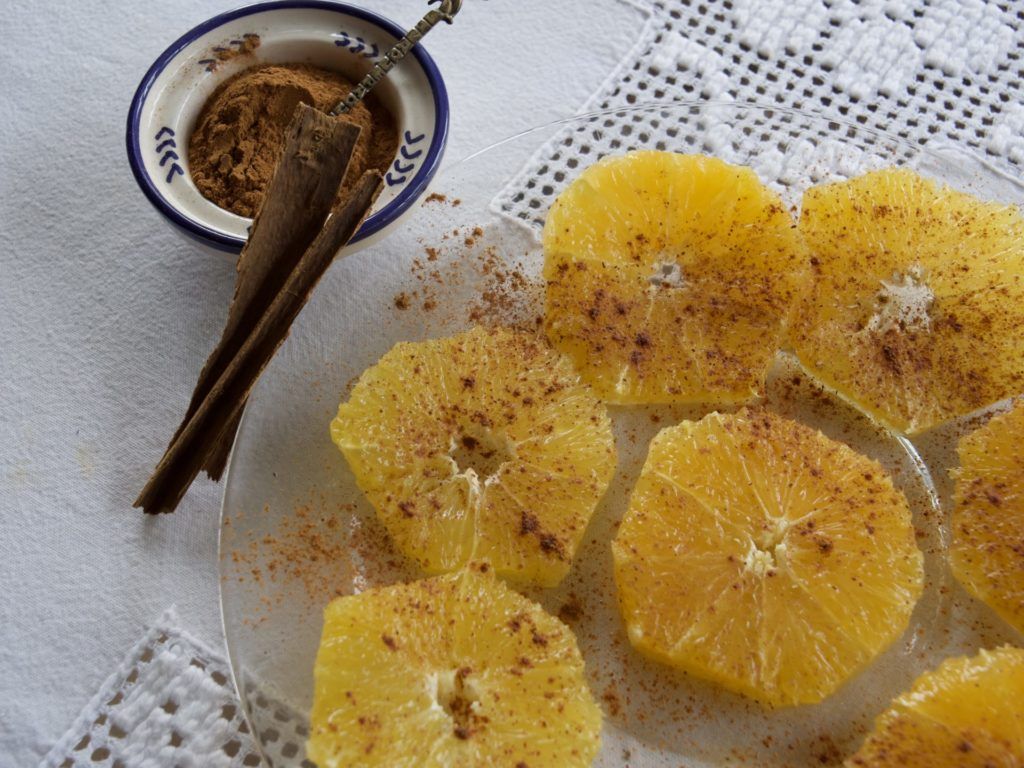Moroccan Street Foods

Moroccan cuisine is a tantalizing fusion of flavors, spices, and textures that have captivated foodies around the world. While the country is renowned for its rich culinary heritage, one of the most vibrant and authentic ways to experience Moroccan cuisine is through its bustling street food scene.
One of the most iconic street food dishes in Morocco is the humble tagine. This traditional stew, named after the clay pot in which it is cooked, is a hearty and aromatic delight. Made with a variety of meats, vegetables, and aromatic spices such as cumin, saffron, and cinnamon, the tagine is slow-cooked to perfection, resulting in tender, melt-in-your-mouth goodness.
But Moroccan street food isn’t just about tagines – it’s a culinary adventure that encompasses a diverse range of flavors and textures. From savory snacks like bocadillos (Moroccan sandwiches) filled with spicy merguez sausage and grilled vegetables, to sweet treats like fluffy Moroccan pancakes known as msemen, there’s something to satisfy every craving.
Perhaps the most enchanting aspect of Moroccan street food is the experience itself. There’s something magical about wandering through the bustling souks, chatting with friendly vendors, and sampling an array of tantalizing treats along the way. Whether you’re sipping on sweet mint tea, nibbling on freshly baked bread, or indulging in a steaming bowl of couscous, every bite tells a story of Morocco’s rich culinary heritage.
Here’s your cheat sheet to chowing down on the most delicious and affordable eats Morocco has to offer.
The Savory Squad
Maakouda is a thick crispy potato fritter packed with flavor. These are perfect for a quick bite or stuffing into a sandwich for a portable lunch.
Shawarma is difficult to resist anywhere, but the Moroccan version is next level. Tender, marinated meat is piled high in warm bread with all the fixings – fluffy clouds of hummus, fiery harissa sauce, and fresh veggies.
In coastal areas like Essaouira and Agadir, fried fish is a popular street food choice. Freshly caught fish, such as sardines or sea bass, is seasoned with herbs and spices, coated in batter or breadcrumbs, and deep-fried until golden and crispy. It is typically served with a squeeze of lemon and a side of bread or fries.
Bastilla is a savory-sweet pastry filled with a mixture of shredded meat (usually pigeon or chicken), almonds, spices, and eggs, all encased in layers of flaky phyllo dough. It’s a unique and delicious Moroccan street food that combines savory and sweet flavors in one bite.
To make the flaky bastilla dough called warqa (pronounced war-ka), men slap a mixture of flour, water, and salt onto hot metal slabs where it’s heated and then peeled off. People then purchase the sheets to take home to make bastilla. While similar to phyllo dough, warqa is a bit thicker and has a slightly different texture.
Briouate are triangular or cigar-shaped pastries filled with a sweet or savory filling such as spiced ground meat, seafood, cheese, or almond paste, then fried until golden and crispy.
Sweet Treats
Sfinj is the Moroccan version of doughnuts. They are served with a dusting of powdered sugar and a hint of orange blossom water. Light, fluffy, and oh-so-addictive.
Lemon and cucumber soup, known as “chorba l’hamid” or “chorba khoudra” in Morocco, is a refreshing and light soup that is perfect for hot summer days. It’s made from fresh squeezed lemon juice, peeled and chopped cucumbers, and oftentimes mint.
Oranges sprinkled with cinnamon is a classic Moroccan treat. It combines the natural sweetness of oranges with the warm and aromatic flavor of cinnamon.
Moroccan pastries come in a wide array of shapes, sizes, and flavors, ranging from crispy and flaky to soft and chewy. They encompass both sweet and savory options, offering something for every palate and occasion.
Pastries are typically made with a combination of ingredients such as almonds, walnuts, pistachios, dates, honey, rosewater, orange blossom water, and a variety of spices including cinnamon, cardamom, and anise. Phyllo dough, puff pastry, and semolina flour are commonly used as the base for many pastries.
Tips for Finding Street Food
Embrace the Adventure: Don’t be afraid to try something new! Street food vendors are usually happy to explain their dishes.
Go Local: Head to the medina (old town) for the most authentic experience.
Cash is King: Always have Moroccan dirham on hand.
Bring Your Appetite: Moroccan portions are generous, so come hungry.











I appreciate you sharing this valuable information. In my opinion, it’s fantastic.